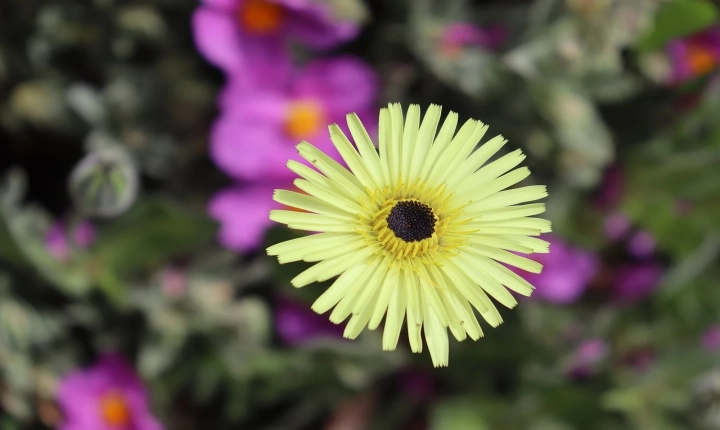How to Enhance Creativity in AI
Artificial Intelligence (AI) has become an integral part of our daily lives, impacting numerous industries from healthcare to finance and beyond. While AI has made great strides in pattern recognition, problem-solving, and decision-making, it can still benefit from improving its creativity. Creativity is a fundamental aspect of human intelligence, and enhancing it in AI can lead to breakthroughs in innovation and problem-solving. Here are some ways to boost creativity in AI.
1. Diverse Data Inputs
One way to stimulate creativity in AI is by feeding it diverse and inclusive datasets. Exposing AI systems to a wide range of information, perspectives, and cultural contexts can help break algorithmic biases and encourage the generation of novel and unique solutions. By training AI models on diverse datasets, they can learn to think outside the box and produce more creative outputs.
2. Reinforcement Learning
Reinforcement learning is a technique that allows AI to learn from trial and error. By providing positive reinforcement for creative outputs, AI systems can be incentivized to explore unconventional approaches and generate innovative solutions. This method simulates the exploratory nature of human creativity and can help AI develop more imaginative and original ideas.
3. Generative Adversarial Networks (GANs)
GANs are a form of AI that involves two neural networks competing against each other, with one generating new content and the other evaluating its authenticity. This adversarial process can drive AI to produce more imaginative and realistic outputs, pushing the boundaries of creativity. By training GANs on artistic styles, for example, AI can learn to create original and aesthetically pleasing content.
4. Transfer Learning
Transfer learning involves applying knowledge gained from one task to another related task. By leveraging this technique, AI can transfer creative skills learned in one domain to another domain. For instance, an AI system trained to compose music can use its knowledge to create artwork, transferring its understanding of composition and structure. This cross-pollination of skills can foster creativity in AI and expand its capabilities.
5. Human-AI Collaboration
Collaboration between humans and AI can also facilitate creativity. By integrating AI tools into the creative process, humans can leverage the computational power and pattern recognition abilities of AI to inspire and enhance their own creative endeavors. This synergistic approach can encourage exploration and experimentation, leading to more innovative and imaginative outcomes.
In conclusion, enhancing creativity in AI is essential for unlocking its full potential. By implementing strategies such as diverse data inputs, reinforcement learning, GANs, transfer learning, and human-AI collaboration, we can help AI develop the capacity for creative thinking and problem-solving. As AI continues to evolve, nurturing its creative abilities will be vital for driving innovation and addressing complex challenges in our rapidly changing world.
